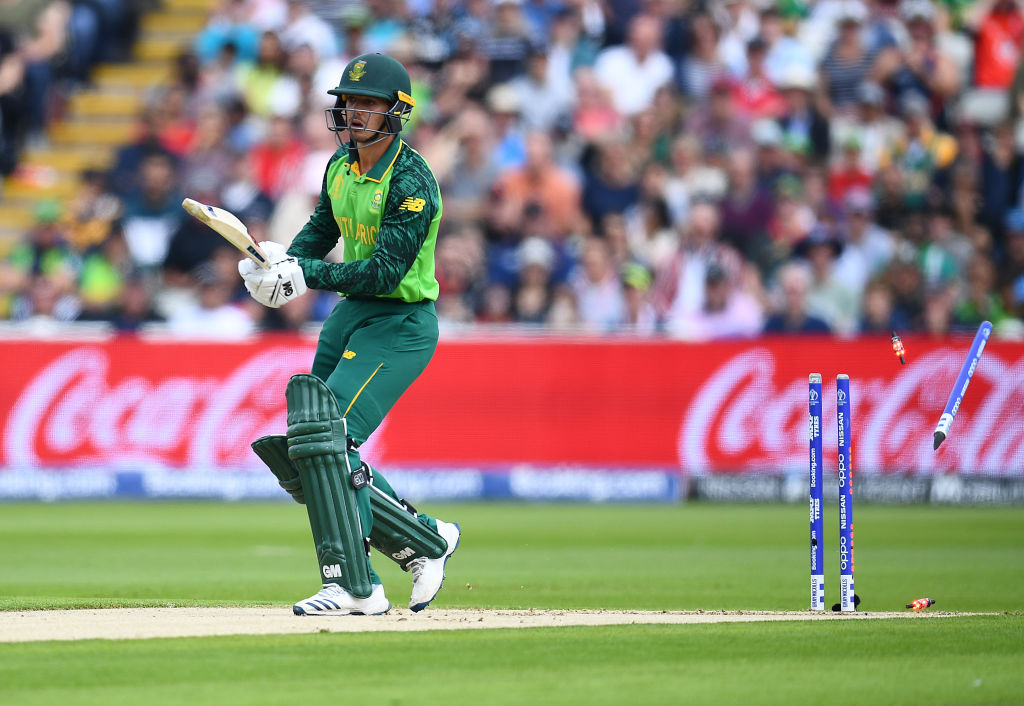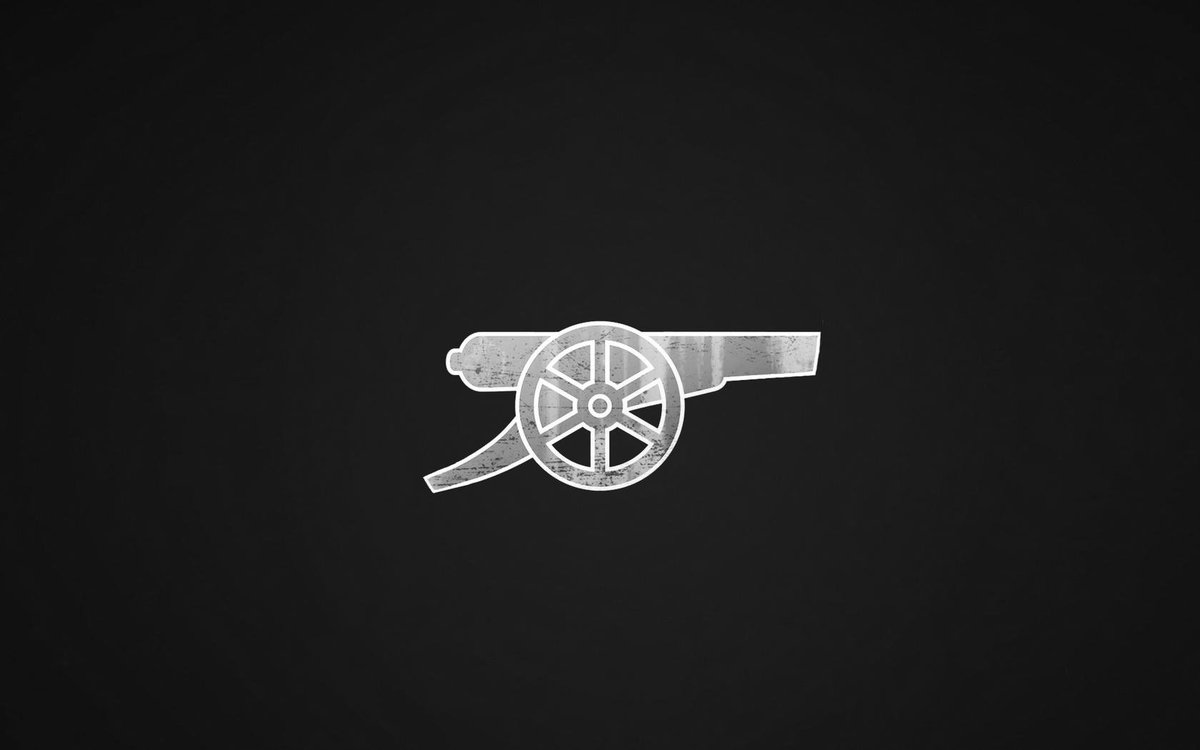South Africa’s World Cup debacle - A disaster which was always coming
If India’s dominance and Pakistan’s unpredictability were certain even before the World Cup, signs of South Africa’s struggles were as obvious as the winner of a clash between the Asian rivals. With two games left, SA have already been knocked out from the league stage for the first time since 2003.

With just one victory in seven matches, which accounts for just three points, it is hard to believe that a team of South Africa’s calibre stands in this position. But a close look at the level of mismanagement in South African cricket over the last couple of years provides an insight into why this was the only obvious outcome. The management’s failure to build a core not only for the present, but also for the future was just one of the reasons for the debacle that was witnessed in England.
The Misery of the Openers
Over the last five years, the opening duo of Hashim Amla and Quinton de Kock has worked wonders for South Africa in ODIs, taking the responsibility to bat deep in the innings to get their side to a competitive total in the batsman dominated era that we live in. With the likes of AB de Villiers and Faf du Plessis following them, the top order was as dominant as any in world cricket. However, that has not been the case over the last two years.
Since October 17, 2017, Amla and de Kock have combined to score a total of just two centuries in 50 innings. De Kock, whose biggest strength in his early days was his ability to bat deep and get the big hundreds, has notched up just 10 50+ scores (one century) in his last 27 inns. To put things into perspective, de Kock had 5 scores of 130 or more in the first 4 years of his career. His partner in crime has not fared much better either. Amla, who looked like he would chase down all of Kohli’s records, has gone into a rut that does not seem to have an expiration date. Amla, who averages 48.98 in his ODI career, has averaged a mere 32.5 since the start of 2018.
The Unstable No.3 Position
Despite the failures of the openers, South Africa had two great players to back them which had allowed them to make it into the knockouts in the last three World Cups. This time, however, was completely different. Now that South Africa have packed their bags, du Plessis, and the management, are still clueless about their first choice No. 3. Such has been the indecisiveness within the South African team that they didn’t have a settled player in the position that is considered to be the most important spot in any ODI team.
While Aiden Markram walked in to bat at No. 3 against England, it was du Plessis who took the role in the next 2 matches owing to the injury to Amla. Such was the lack of preparation in the South African ranks that they landed in England with their No.3 being their backup opener. This has resulted in the No.3 spot yielding just 33.6 runs per innings in the tournament. In comparison, Shakib al Hasan (95.2), Joe Root (72), Kane Williamson (138), and Virat Kohli (61) have all excelled and put their side in a place where they can guide the team to the semis.
A Misfiring Lower-middle order
Ever since AB de Villiers’ retirement from International Cricket, South Africa have struggled to find a finisher in ODI Cricket. The loss of AB meant that the pressure fell on the shoulders of David Miller, who unfortunately has failed to deliver. Since the start of 2018, Miller has scored just 662 runs in 22 inns at an average of 36.77 with a strike rate of 93. The other constant in the team has been Andile Phehlukwayo, who has primarily served as a bowling all-rounder. Despite possessing the power game of hitting sixes, Phehlukwayo hasn’t fired at all averaging just 29.42 since 2018 at a strike rate of 86.
South Africa have tried everything to fix this, including recalling Duminy, or playing other powerful all-rounders like Wiaan Mulder and Dwaine Pretorious but unfortunately nothing has worked for them. In this World Cup, Miller, Duminy and Phehlukwayo have scored a combined 321 runs which averages out to 29.18. South Africa’s inability to accelerate was exposed clearly in their matches against Bangladesh, New Zealand & Pakistan where they missed out on the final overs which eventually led to their downfall.
Lack of quality preparation
Early in 2018, South Africa hosted India in a 6 match series and ended up losing the series 5-1. The weaknesses in the team were pretty evident back then and in normal circumstances alarm bells should have been rung right after the conclusion of that series. But the whole situation was ignored, citing injuries to de Kock, de Villiers and later on du Plessis as well. That was the last real test they faced in the buildup to the World Cup.Leading up to this World Cup, South Africa played 5-match bilateral series’ against Pakistan and Sri Lanka, both at home. With the sub continent sides struggling to find form themselves, South Africa managed to come out of those series unscathed and chose to reject the holes and weaknesses that were there for everyone to see. Eventually, the failure to address the problems, alongside the incapability of their opposition to expose their weaknesses, backfired for South Africa heading into the World Cup, as they have been found out on the biggest stage the sport offers.
The Pace Attack Conundrum
Post Morne Morkel and Kyle Abbott’s departure, South Africa have struggled to find a pacer to support Rabada in ODI Cricket. While Ngidi has been a constant presence in the ODI setup whenever he has stayed fit, South Africa have had to sweat on his fitness before the start of almost every series. The injury to Steyn and Nortje and the departure of Duanne Olivier has also hurt South Africa coming to England. Since 2017, South Africa have tried Dane Paterson, Junior Dala, Bueran Hendricks but none of them were able to cement their place. They have also tried to use all-rounders like Phehlukwayo, Morris, Mulder and Pretorius as one of the main pacers, but nothing seems to have worked out for them.
While South Africa have had terrible luck in the lead-up to this World Cup with injuries to Steyn, Nortje and de Villiers’ retirement, it is fair to say that they have been the architects of their own downfall. The lack of quality practice, failure to plan long-term and address the issues in the team has come back to bite them. One can only hope that this would be an eye-opener for them, and that they learn from their mistakes and start rebuilding with a long term vision. Their team and their approach clearly needs a big rehaul, but if there ever was a time to do it, then it is now.

Comments
Sign up or log in to your account to leave comments and reactions
0 Comments